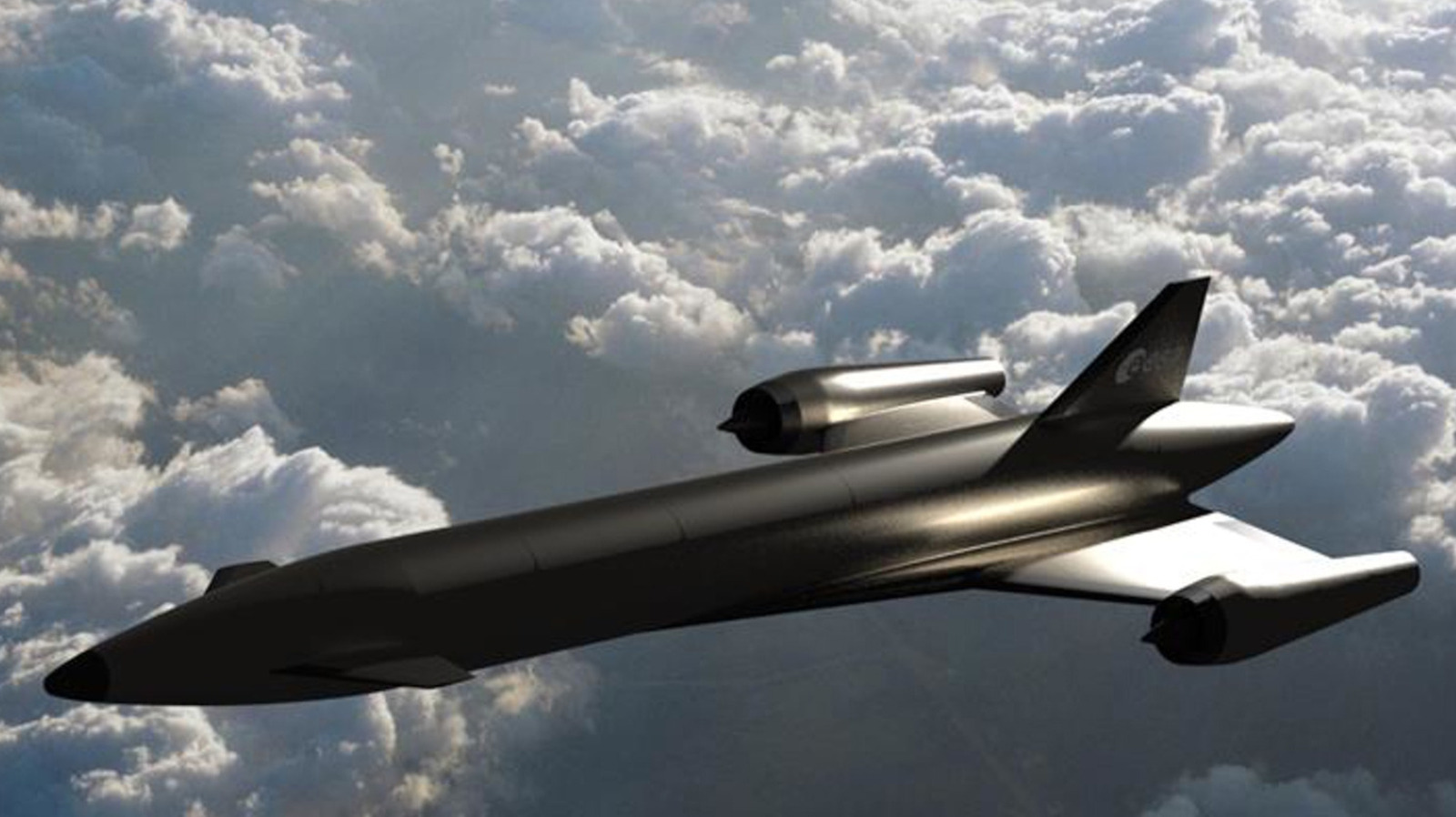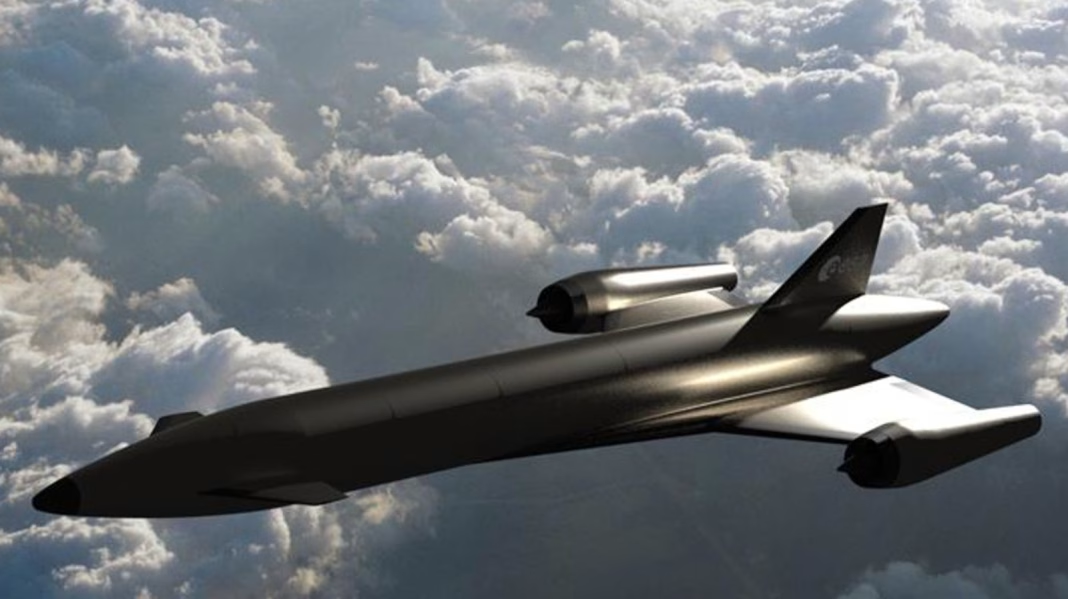Why Has Building a Single Stage to Orbit Vehicle Been So Challenging?
If you’ve ever wondered why we don’t have sleek, reusable spaceplanes zipping to orbit in one go, you’re not alone. The dream of a Single Stage to Orbit (SSTO) vehicle—one that launches from Earth and reaches space without dropping any parts along the way—has captured imaginations for decades. But despite bold attempts and billions invested, no one’s cracked the code yet. So, what’s holding us back?
What Makes SSTO So Hard to Achieve?
It all comes down to physics and engineering. To escape Earth’s gravity, a spacecraft needs to reach speeds of about 28,000 kilometers per hour (roughly 17,500 mph). That takes a lot of energy, and the only practical way we know to do it is by burning rocket fuel. Here’s the catch: rockets have to carry not just their payload, but also all the fuel they’ll burn along the way—and the tanks to hold it, and the engines to burn it.
With traditional multi-stage rockets, you can drop empty tanks and engines as you go, making the vehicle lighter and more efficient. SSTOs don’t get that luxury. They have to lug everything all the way to orbit, which means every extra kilogram counts. Even a small increase in weight can make the difference between success and a fiery return to Earth.
Have Any Real-World Projects Come Close?
Several ambitious projects have tried to make SSTO a reality. NASA’s X-33 and VentureStar programs in the 1990s, for example, aimed to build reusable spaceplanes that could take off and land like airplanes. The British Skylon project, backed by the European Space Agency, is another high-profile attempt, featuring a hybrid engine that can breathe air in the atmosphere and switch to rocket mode in space.
But so far, technical hurdles have proven insurmountable. The X-33 was canceled after composite fuel tanks failed under stress. Skylon is still in development, with its unique SABRE engine yet to be fully demonstrated. Even SpaceX, known for pushing boundaries, has focused on reusable multi-stage rockets rather than true SSTO vehicles.
Are There Any Breakthrough Technologies on the Horizon?
Engineers are exploring some wild ideas to make SSTO possible. Lightweight composite materials could shave precious kilograms off the vehicle’s structure. Advanced engines—like air-breathing rockets or combined cycle systems—promise better efficiency by using atmospheric oxygen before switching to onboard fuel.
There’s also buzz around 3D printing, which allows for complex, lightweight parts that were impossible to manufacture before. According to a 2023 report from the American Institute of Aeronautics and Astronautics, additive manufacturing could reduce rocket engine weight by up to 30 percent, a game-changer for SSTO designs.
Still, none of these technologies have matured enough to tip the scales. The laws of physics remain stubborn, and the margin for error is razor-thin.
Why Do We Even Want SSTO in the First Place?
The appeal is obvious: simplicity and reusability. Imagine a spaceplane that takes off from a runway, reaches orbit, and lands back on Earth ready for another flight. No more expensive, disposable rockets. No more complicated recovery operations. In theory, this could slash the cost of getting to space and open the door to routine, airline-like space travel.
But the reality is, even with current technology, multi-stage rockets are more practical and cost-effective. That’s why companies like SpaceX and Blue Origin have focused on making parts of their rockets reusable, rather than going all-in on SSTO.
What Lessons Have We Learned from Past Attempts?
Every failed SSTO project has taught engineers something valuable. The X-33’s tank failures led to better understanding of composite materials. Skylon’s ongoing development has pushed the boundaries of engine technology. Even the setbacks have sparked innovation—like the push for rapid prototyping and modular design.
And perhaps the biggest lesson is this: sometimes, the simplest solution isn’t the most practical. Breaking a big problem into smaller pieces—like using multiple rocket stages—can be more efficient, even if it seems less elegant.
Could We See an SSTO Vehicle in Our Lifetime?
It’s possible, but don’t hold your breath for a spaceplane in every garage just yet. The challenges are immense, and the economics don’t quite add up—at least, not with today’s technology. But with continued advances in materials science, propulsion, and manufacturing, the dream isn’t dead. It’s just on hold.
The big takeaway? SSTO isn’t about perfection—it’s about smarter adjustments. Start with one change this week, and you’ll likely spot the difference by month’s end. Sometimes, the best path to orbit is the one that takes a few steps along the way.


